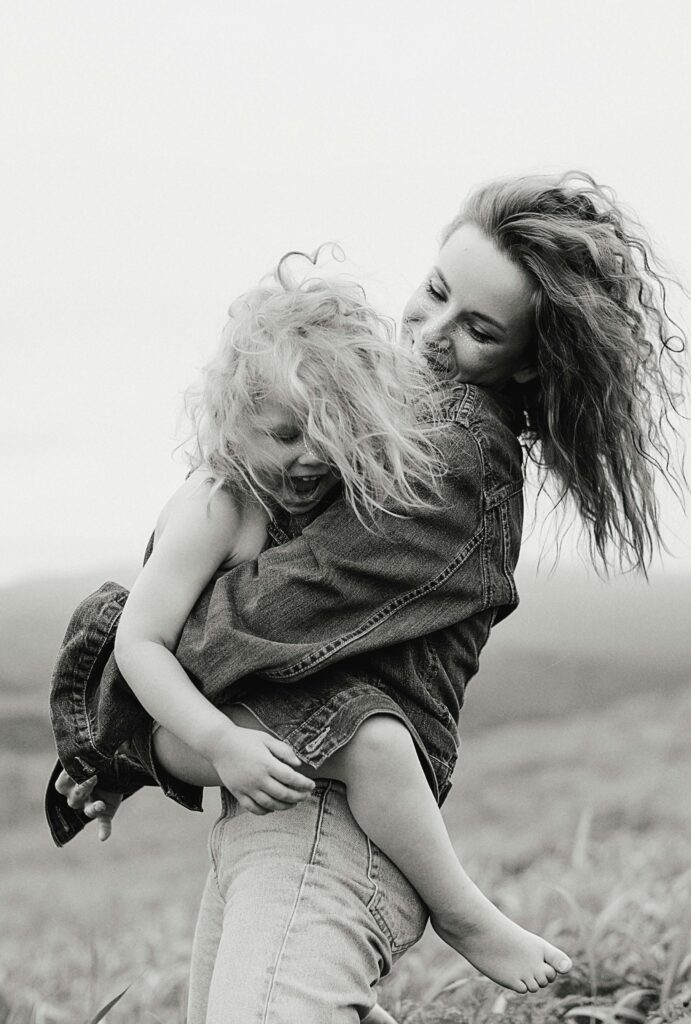Fun Mindfulness Games for Kids to Boost Focus and Emotional Wellbeing
In today’s fast-paced world, children are often exposed to stress without even realizing it. That’s where mindfulness comes in—not as a trend, but as a life skill. Teaching kids mindfulness through fun games can help them manage emotions, improve concentration, and feel more confident. Here’s a full guide for parents looking to integrate mindfulness into everyday playtime.
Why Mindfulness Matters for Kids
Mindfulness teaches children to be aware of their thoughts, feelings, and surroundings without judgment. Practicing it regularly can help with:
Reducing anxiety and stress
Enhancing focus and memory
Improving emotional regulation
Developing empathy and compassion
Promoting better sleep
And the best part? It doesn’t need to be serious or boring—it can be playful and interactive.
Best Mindfulness Games for Children
1. Balloon Breathing
Tell your child to imagine their belly is a balloon. As they breathe in, the balloon inflates. As they breathe out, it deflates. Add a soft toy on their tummy for a visual cue.
Teaches: Deep breathing, focus
2. Mindful Scavenger Hunt
Ask your child to find something they can hear, smell, touch, see, and taste. This grounds them in the present moment through sensory exploration.
Teaches: Awareness, sensory mindfulness
3. The Still Statue Game
Play music and let them dance. When the music stops, they must freeze and focus on their body position and breathing.
Teaches: Self-control, body awareness
4. Bubble Pop of Worries
Blow bubbles and ask your child to imagine their worries are in each bubble. When they pop it, the worry floats away.
Teaches: Letting go, emotional release
5. Gratitude Circle
Each day, take turns sharing one thing you’re grateful for. Make it a bedtime or dinner table ritual.
Teaches: Positive thinking, emotional bonding
Tips to Introduce Mindfulness at Home
Start small: Just 2–5 minutes a day can make a difference.
Be consistent: Make it a daily ritual.
Model it yourself: Children learn best by example.
Don’t force it: Keep things light and playful.
Use calming music, soft lighting, or nature sounds.
Mindfulness Games for Special Needs and Neurodiverse Kids
These games can be adapted for children with autism, ADHD, or sensory challenges:
Use visual aids and soft textures
Add weighted toys or sensory bins
Break activities into smaller steps
Include movement or dance to prevent restlessness
FAQs
Q1: At what age can I start mindfulness activities with my child?
A1: Children as young as 3 can begin with simple breathing or sensory games.
Q2: My child has trouble sitting still. What should I do?
A2: Choose active mindfulness games like dancing, nature walks, or yoga stretches.
Q3: How often should we practice mindfulness?
A3: Daily practice—even for a few minutes—is ideal. The goal is consistency, not perfection.
Q4: Are there apps for mindfulness games?
A4: Yes. Apps like Headspace for Kids or Smiling Mind offer guided activities tailored to age groups.
Q5: Can mindfulness help with tantrums or meltdowns?
A5: Yes. Regular mindfulness helps children become more aware of their emotions and better equipped to self-soothe.
Mindfulness doesn’t need to be quiet meditation—it can be laughter, play, and moments of pause woven into your child’s day. With these games, you’re not only having fun, but also helping your child build a calmer, more focused, and emotionally strong foundation for life.
# Best Toys for Toddlers
# Baby Playtime Essentials
# First-Year Fun
# Sensory Play for Infants
# Developmental Milestones
# Little Learners
# Infant-Friendly Toys
# Toddler Favorites
# Motor Skill Builders
# Early Play Adventures

